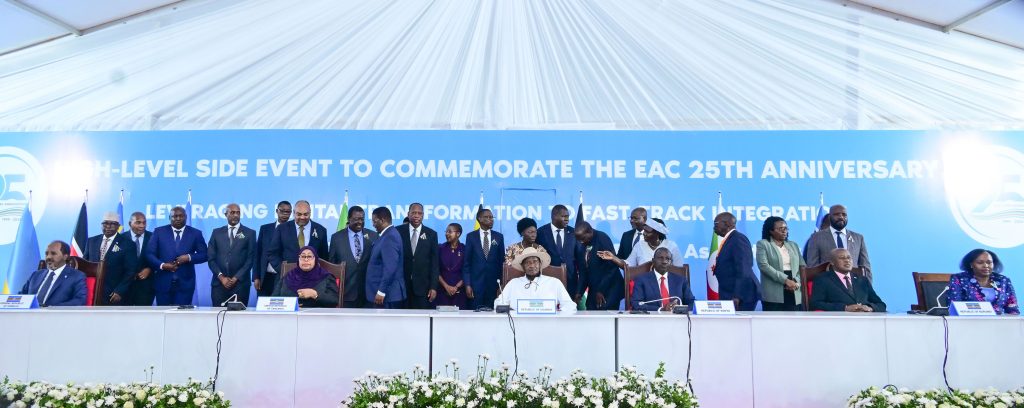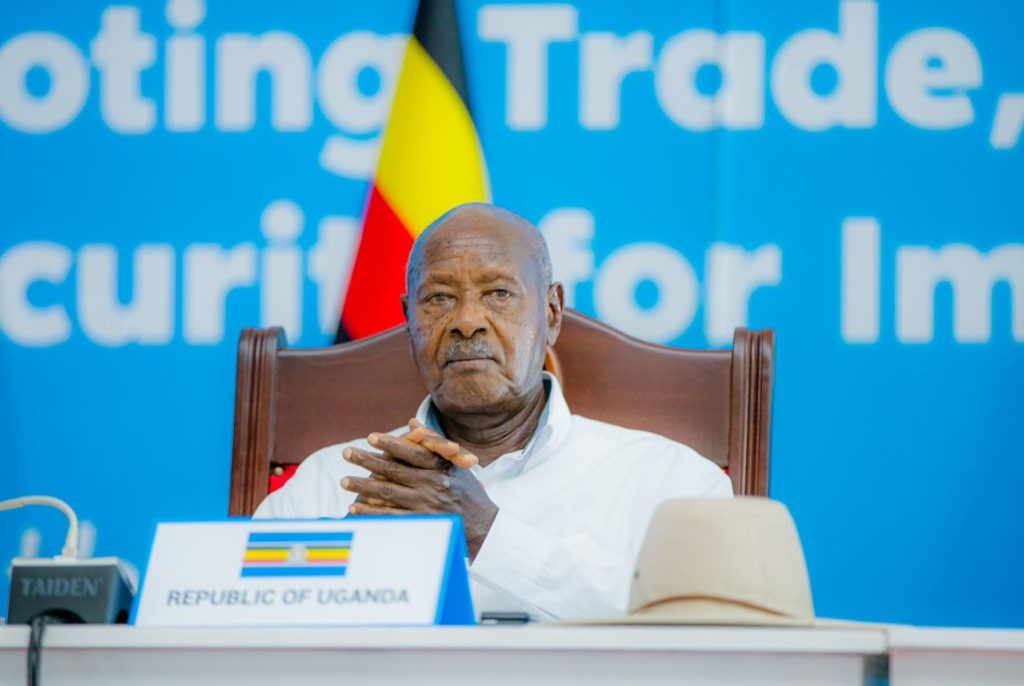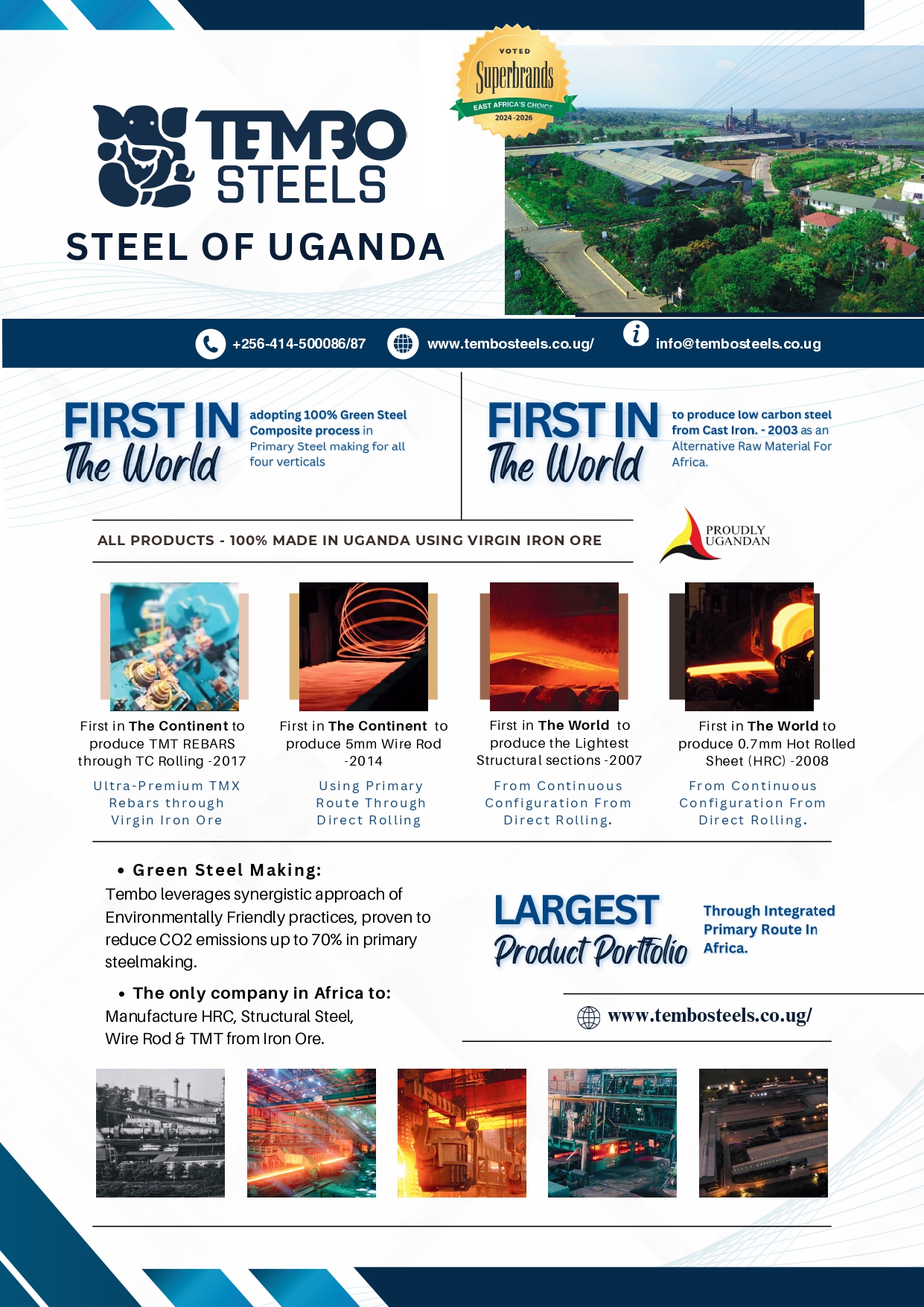The East African Community (EAC) today marked a significant milestone as it celebrated 25 years of regional integration and cooperation during the 24th Ordinary Summit of Heads of State and Government in Arusha, Tanzania.

Held under the theme, “Promoting Trade, Sustainable Development, Peace and Security for Improved Livelihoods”, the high-profile event brought together leaders from across the region to reflect on the EAC’s achievements and strategize for the future.
The summit which began on November 29th, will conclude tomorrow, November 30th, 2024, at Arusha International Conference Center.



